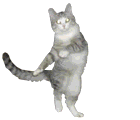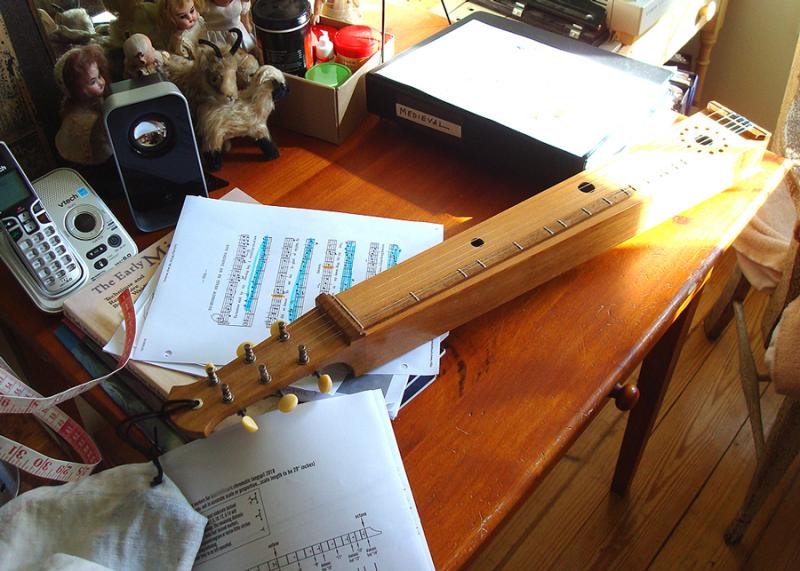Got my dulcimer!
General mountain dulcimer or music discussions
A couple of things:
The usual way of writing/describing the tuning on a mtn dulcimer is to name the bass string first, melody string(s) last. Thus, DAd means the bass string is in the lower octave (thus it is capitalized)... the middle string is the A above that D.... and the melody string is the d an octave higher than the bass string (thus it's usually in lower case letter d). In DAA tuning, the bass string is low D, the middle string is the A above that note, and the melody string is the exact same A note as the middle string.
There are some links with actual tuning aids here: https://dulcimer-noter-drone.blogspot.com/2010/12/what-notes-do-i-tune-my-strings-to.html
As to your tenor banjo- do you mean your banjo lowest string when you say 4th string? If so, you may be tuning the dulcimer en entire octave too low. check the above tuning aids in the links.
When you say 'near to far'- do you mean your Bass string is tuned to a low A and middle string to the even LOWER D3 ? if so, then that tuning is not right. If you are going for DAA, the bass string will be low D. If you want DAd (or DAdd), the bass string is low D and the melody string(s) will be the d an octave higher. Most folks talk in terms of bass, middle, and melody strings, rather than near to far. And tunings are usually described in the sequence of from Bass to melody. That way we can all be on the same page and avoid broken strings! ;)
Are you holding your dulcimer flat on your lap? Just asking, since not everyone does.





 What a terrific photo, Sam!
What a terrific photo, Sam!






